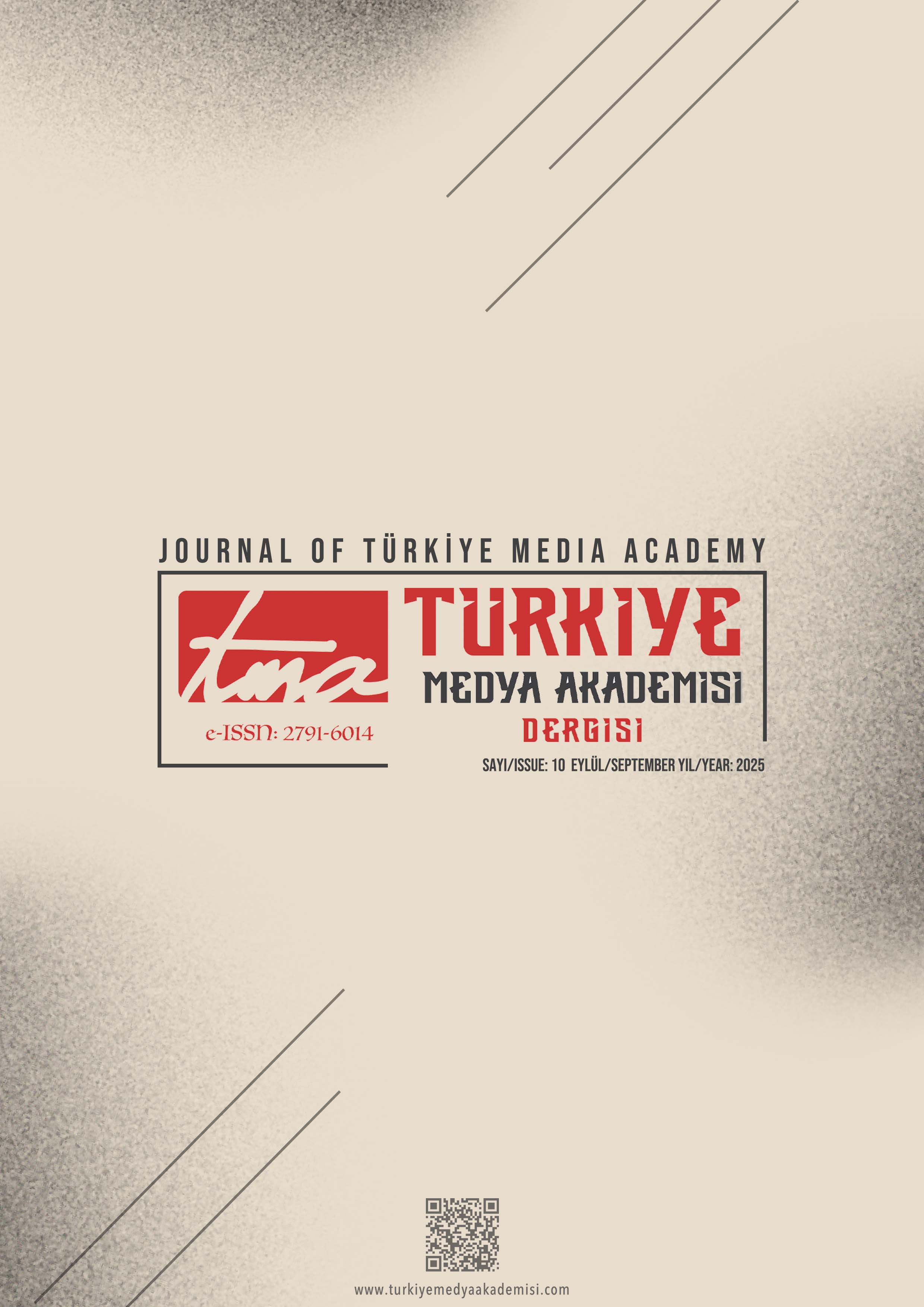Digital Transformation from Static Typography to Kinetic Typography
DOI:
https://doi.org/10.5281/zenodo.17203760Keywords:
Static Typography, Kinetic Typography, Digital Transformation, Typography, New MediaAbstract
With digitalization, the field of design has undergone significant changes, incorporating the concept of movement into static typography. The movement added to typography, along with appropriately shaped forms and integrated graphics, has become crucial in conveying the desired information more effectively and strengthening thematic expressions. At the same time, communication methods and visual language have evolved and diversified with technological advancements. Thus, the integration of technology with art has transformed the static graphic design language, reshaping the structure, form, space, and temporal elements of new media technologies into a kinetic framework. When examining the difference between static and kinetic typography, it can be stated that kinetic typography is a subfield of motion typography. While motion typography generally refers to the movement of typography, kinetic typography not only involves visual motion but also ensures that this movement aligns with meaning and content. In this way, kinetic typography plays a deeper role than motion typography in conveying meaning and emotion to the audience. In this study, the use of static (stationary) and kinetic (moving) typography in websites and informative animation videos has been analyzed by associating it with relevant examples. In line with this objective, the study reflects the use of static and kinetic typography in different fields and their interactions with one another. The selected samples, determined to support the study, were randomly chosen from existing or published websites featuring static and kinetic typography and informative animation videos. The research was conducted using a qualitative research design, with data obtained through a literature review analyzed using a descriptive analysis method. This study demonstrates that with contemporary technology, the transformation of static typography into a kinetic form is mutually supportive, highlighting the differences in their areas of application. The anticipated future development of technology is considered significant in contributing to the designs created for future typography-related studies. The research was carried out through a qualitative research design, with data obtained from literature reviews and interpreted using a descriptive analysis method.
Downloads
Published
How to Cite
Issue
Section
License
Copyright (c) 2025 Doç. Dr. Oya Cansu Demirkale Kukuoğlu- Doç. Dr. Yunus Türkşad Yegin- Doç .Dr. Ekin Su Kuzu

This work is licensed under a Creative Commons Attribution-NonCommercial 4.0 International License.


